I am not a skier. I have never skied. I grew up in sunny Southern California, and despite being only 2 hours from ski resorts where many of my friends flocked to in the winter, my parents were transplanted New Yorkers who didn’t do the outdoor thing.
The closest I’ve come to mountain recreation is riding the chair lift to the top of the mountain in the fall at Hunter Mountain in the Catskills. We would go for Oktoberfest. No snow-just beer, polka and autumn leaves.
So when our daughter decided to go to college in Utah, we figured it would be the perfect opportunity for her to try skiing – without us! The U has an amazing outdoor program with discount rentals and ski outings that we encouraged her to take advantage of. How great! She’d get to ski and we wouldn’t have to deal with anything but the cost.
But her first year was hard and busy and she didn’t have time or energy to explore the options before her. So when I was planning to come out to spend a couple of weeks to support her through a rough patch, she asked if I’d take her skiing. Uh, ok.
Obviously the ship has sailed for me to try this sport that’s hard on the knees and ankles. Hurling myself down an icy slope on long planks is NOT my idea of a good time. I’m clumsy enough to fall when walking through a parking lot, no less engaging in a dangerous winter sport.
I arranged for an afternoon lesson for her, complete with equipment and lift ticket. She was so excited!
My plan was to stay in the lodge, watching her and working on some writing projects. I’d been traveling for work for weeks and trying to fit in time to work on our upcoming retreat, Find Your Voice, whenever I could. This seemed like a great opportunity for some down time to get some work done.
My first surprise was parking at the bottom of the hill and taking the Cabriolet lift to the mountain base. The “Cab” was basically an open bucket to stand in that takes you to the mountain base.
How cool!
Actually, cold, especially because I was woefully prepared, with no hat or gloves. I had a cotton scarf and a faux fur headband. I’d be fine! I like the cold, and this was an adventure.
The thing I was most prepared for was work, as I schlepped my canvas briefcase with computer, a couple of books, a water bottle and snacks. I was conspicuously lacking the equipment everyone else had with them. Oh well.
But when we got there, I found out that her lesson was up the mountain (did I mention I have zero experience with skiing or ski resorts?) and I’d be hanging out below. She got on the gondola with the instructor and another student, and off they went.
The gal scanning passes told me I could go up and watch from the upper lodge. Seemed like a good idea.
I got my pass and up I went in an enclosed gondola this time (yay!) with a young woman ready to snow board. As the gondola climbed, it started to snow. And snow harder. Again prepared only with my headband and briefcase, I was wondering what it would be like at the top.

Why was I surprised that there was snow everywhere and no path to walk safely to the lodge? I carefully made my way across the snow pack, with skiers whooshing by. Luckily I was wearing some sturdy boots with good traction (borrowed) and made it in, upright and unscathed.
The place was PACKED with skiers resting, eating, drinking. I wondered if it was a good idea to drink a beer then head back to the slopes!
Little kids were sleeping sitting upright. There were lots of families, couples and folks ranging in age from 5 to 75. I saw where the lessons were taking place and spotted my daughter. Cool! Now I just needed to find a window spot where I could settle in to watch and get some work done.
I soon realized that work wasn’t going to happen. When my daughter was out of view, I was too fascinated with all the people dressed in their bulky, awkward clothes, dealing with the skis, the cold, the equipment. I watched the people in the snow board lesson struggling to stand up, compared to the more experienced skiers effortlessly gliding down the hill. It was one of those “to each his own” life lessons and left me thinking, “One man’s pain is another man’s pleasure.
I actually started to appreciate how this was thrilling for so many. The snow would come down hard, then clear in a moment’s notice. It was really beautiful. I could see the allure of being outside in such a gorgeous place, speeding down a mountain.
I also appreciated seeing my daughter head up a ski lift for the first time and spotting her about 20 minutes later skiing down the hill. She was on her feet and had a big smile on her face. Off they went, back to the chair lift.


I walked outside and stood there, briefcase over my shoulder, waiting for them to come back. At this point, it was snowing pretty hard again, but I was getting used to the drill, watching for speeding skiers, sweeping the accumulating snow off my briefcase (at least my water stayed cold!).
After she took one more run, all by herself this time, the slopes were closing, so we headed back down the mountain in the enclosed gondola. She had an amazing time, fell in love with the sport and did really well. The snow continued to pick up as we descended.
After she returned her equipment, it was time to get back to the car. She was carrying helmet, goggles, ski pants.
I was still clutching my briefcase, which by this time was covered in snow.
Back to the Cabriolet, this time down the mountain in a pelting snow squall.

When we got back to the car and I shook the glaze of snow from my head, I also shook my head at myself for trying to do too much instead of just enjoying the moment.
I ended up loving the experience but didn’t need the literal baggage I took with me.
It was a lesson in not overextending. Just staying in the moment, unplugging and enjoying my surroundings.
It’s also one of the reasons we are offering the Find Your Voice Women’s Writing and Leadership Retreat. I know I’m not the only one who’s schlepped work somewhere to try to multitask when what I really needed was to unplug, unwind and reflect.
We are providing a weekend of writing, leadership development, yoga breaks, healthy foods and connection with a group of like-minded women in a beautiful, supportive setting in Ojai, CA May 13-15.
Want to know more? Click here for all the details.
 A great leader uses active listening skills and finds commonalities across people and situations. They use self-management and adaptability to guide their team to the desired goal. By practicing self-management and modeling it to newer members of the team, the level of social awareness will raise as each person identifies their motivation.
A great leader uses active listening skills and finds commonalities across people and situations. They use self-management and adaptability to guide their team to the desired goal. By practicing self-management and modeling it to newer members of the team, the level of social awareness will raise as each person identifies their motivation.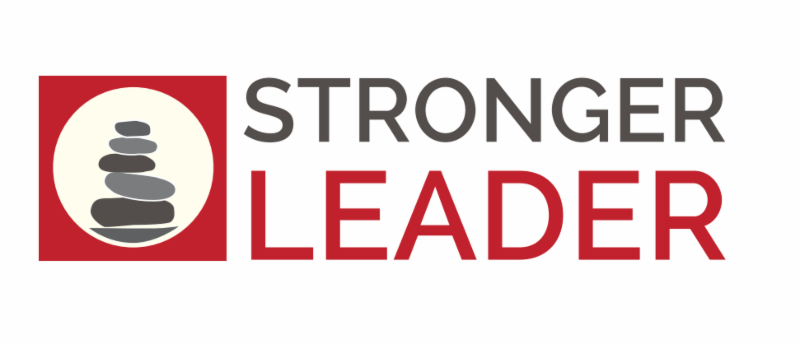









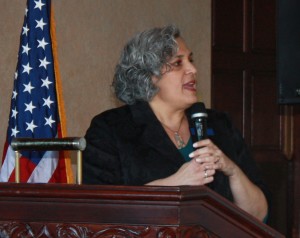


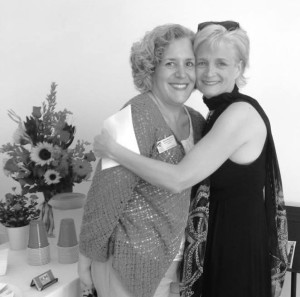





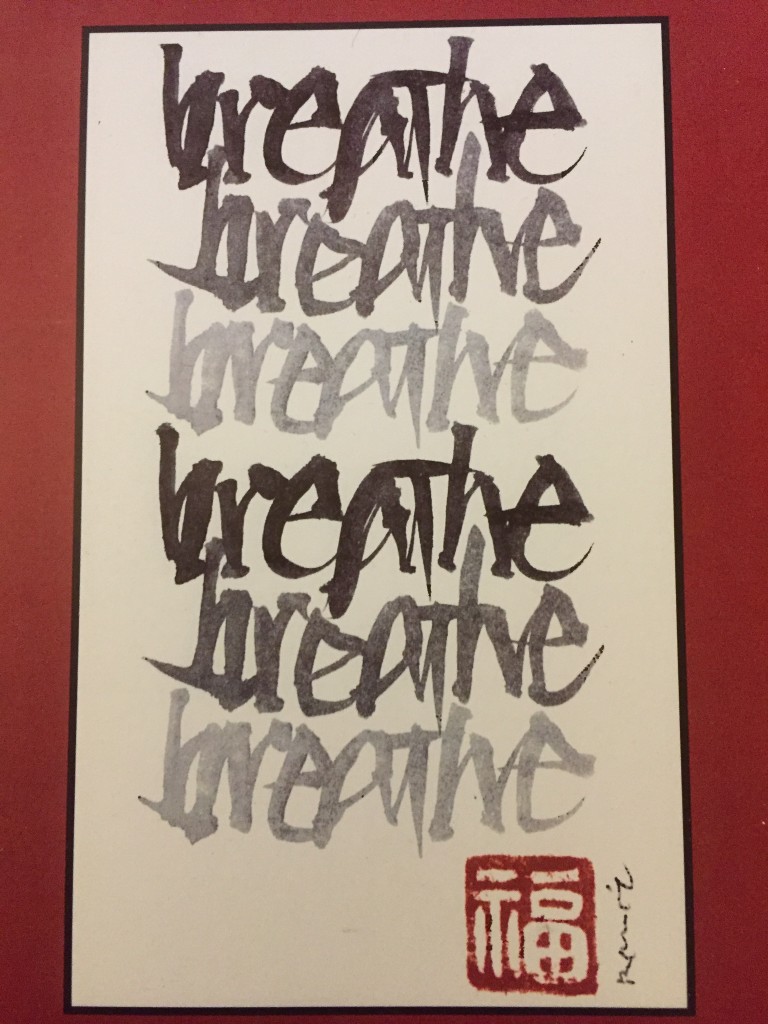



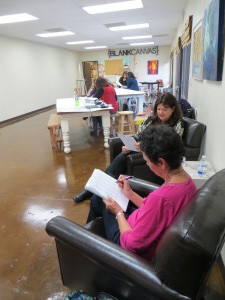
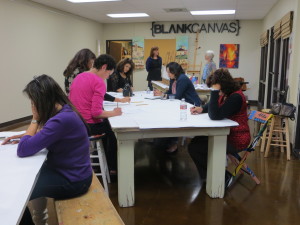
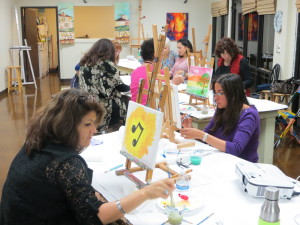
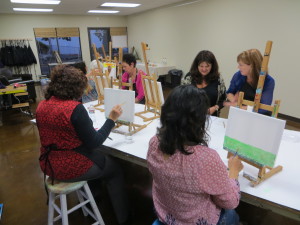
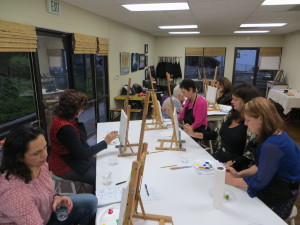
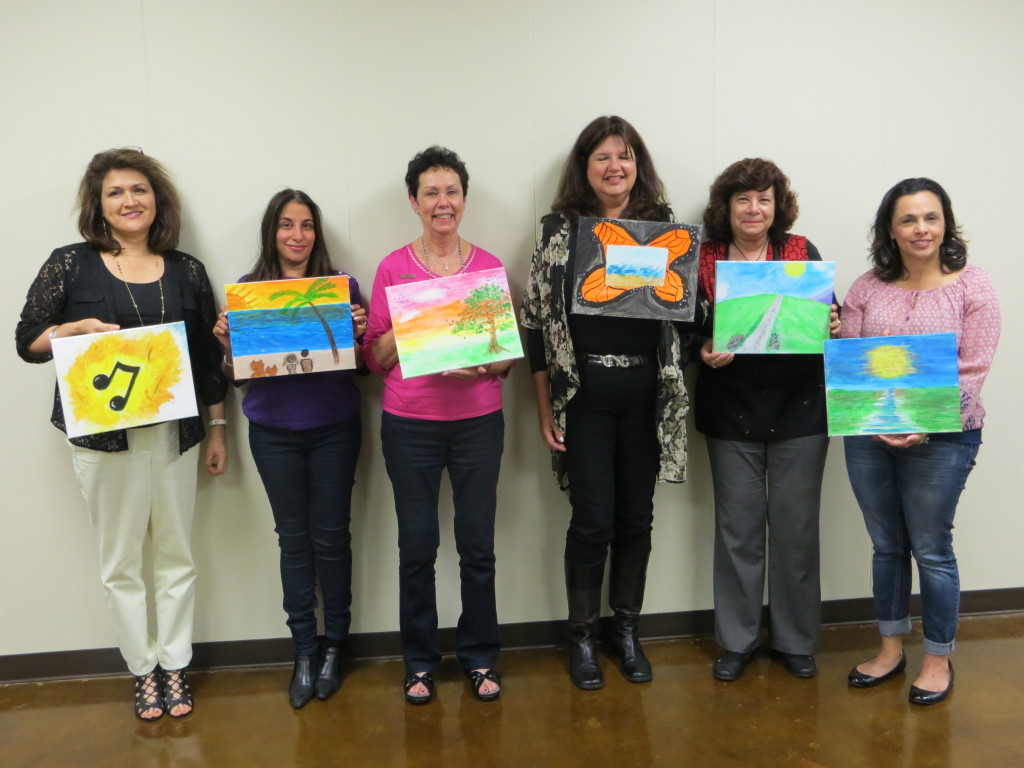



 The trend is to give team leaders the tools they need to function at their best and to offer personalized advice, coaching and recommendations for action to their teams. That's what will create more effective organizations.
The trend is to give team leaders the tools they need to function at their best and to offer personalized advice, coaching and recommendations for action to their teams. That's what will create more effective organizations.



